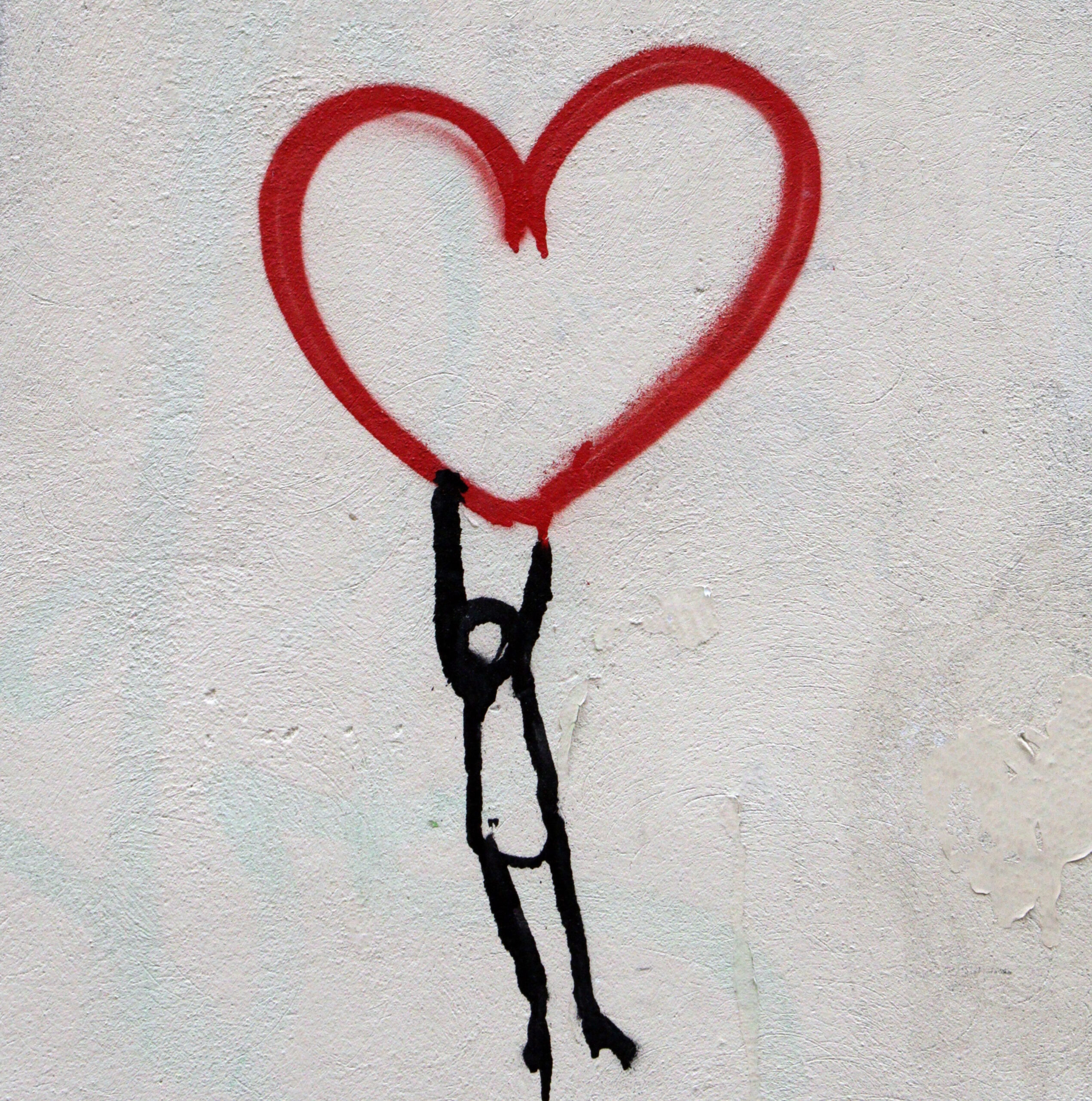We cry at movies. We cry over heartbreak and loss. We cry during moments of joy and times of grief. We cry when we feel threatened or experience pain. Tears are often a response to emotional triggers in the brain—but it can be hard to predict what those triggers may be and when they’ll spring a leak we can’t shut off, no matter how much we want to.
According to Dr. Ad Vingerhoets, a professor of clinical psychology and author of Why Only Humans Weep: Unravelling the Mystery of Tears, there are two significant tear triggers for adults. “The first is helplessness and powerlessness,” he tells The New York Times. “The second, separation and loss.”
Dr. Lauren Hazzouri, psychologist and founder of NOT THERAPY, describes crying as expression of vulnerability. “Vulnerability signals a need for comfort,” Hazzouri tells TrueSelf. “When we’re comforted, we have the opportunity to connect with another human being in a meaningful way. We require meaningful connection every bit as much as we need food and water.”There is nothing wrong with showing vulnerability, as Hazzouri points out, it can be a powerful way to secure connections with others. Of course, historically, women have been shamed for crying and dismissed in professional settings for daring to express this natural and powerful emotional response. Hey, sexism. This is all to say, you should never beat yourself for crying—whether you’re in the office, at a party, or walking down the street. You are not weak or pathetic for expressing emotion. You are human, and if it makes the people you’re with slightly uncomfortable, they’ll get over it and life will move on.
That said, there are times you really just don’t want to deal with the fuss, awkwardness or judgement that comes with a public displays of tears. Crying in certain circumstances can feel like overexposure—a breach of your mental privacy—and the social panic that comes with it only makes the waterworks gush even harder.
The good news is you got this. Your tear valve is way easier to shut off than you realize. Here’s what you can do:
Use Visualization
Here’s one way you might find yourself on the verge of a puddle of tears: Your boss dislikes a project you worked hard on. That triggers a thought (“My boss thinks my work is bad”), and a painful childhood memory (that time you were punished for failing a test you studied for), and that memory is attached to early emotions you once felt way which triggered your lacrimal glands to release fluid from your eyes. Now it’s all happening again. No sweat. Just switch the channels of your memory. Try to picture the happiest place in your mind—your bedroom sanctuary, a boat-ride you took while traveling overseas, the best bowl of pasta you ever ate. Use your senses to recall how it smelled, felt and tasted. Hazzouri describes this as “changing the environment in your mind.” Once you find your comforting memory, you can call on it over and over again to prevent the tears.
Change Your Mantra
You might not even know it, but your thoughts may be circling around a negative mantra that’s making you insecure. (“My boss hates me. I’m bad.”) Try to consciously switch your thinking pattern to one of self-love and positivity. “Remember, thoughts lead to feelings, feelings lead to actions,” explains Hazzouri. “To change the action of crying, head to the thoughts first—make the switch from ‘I’m alone’ to ‘I am worthy of love and loving.'”
Turn Up the Volume
If you have headphones nearby, turn to your most upbeat, silly, happy playlist to switch your mood circuitry. Multiple studies have found that your favorite music “may increase the release of pleasure-causing substances in the brain like norepinephrine and melatonin” while also decreasing “stress-causing hormone production in the body,” according to the University of Pittsburgh Medical Center’s HealthBeat resource.
Use Physical Cues
You know how tears are a physical response to an emotional pressure point in your brain? Your body is full of pressure points, and some even work to curb the tears.”Simply push your tongue to the roof of your mouth and you will instantly stop crying,” Janine Driver, chief executive of the Body Language Institute in Washington, tells theTimes. She also suggests pinching the skin between your thumb and forefinger to eliminate tear production.
Just Breathe
“Our nervous system is physically involved in the process of crying,” explains Hazzouri. “Deep breathing decreases nervous system activity and allows for calm.” Try taking a few deep, slow breaths, counting to five as you inhale and then doing the same when you exhale. You know that lump in your throat that warns you a good cry is on deck? That’s also your nervous system reacting, “by opening up the muscle at the back of the throat,” notes Medical News Today’s Bethany Cadman. “Sipping water, swallowing, and yawning can help make the lump go away.”










